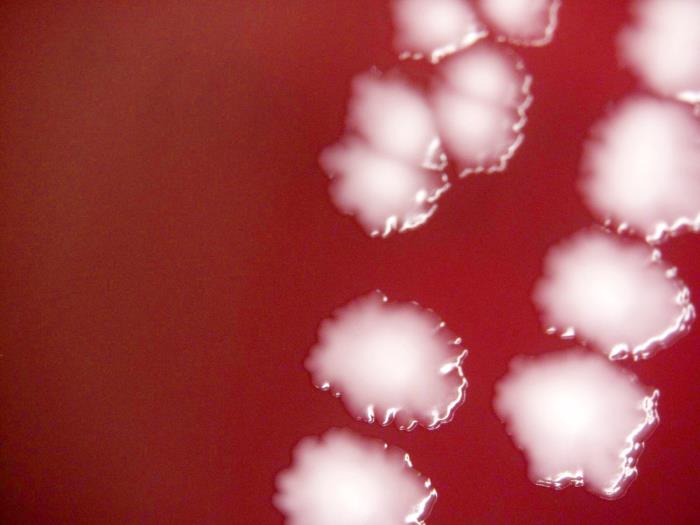In a follow-up on the plague epidemic in Madagascar, the National Office for Risk and Disaster Management (BNGRC) has reported the following information as of Oct. 31:

Image/CDC
The epidemic remains active in 12 districts.
- 1,836 cases have been identified (253 confirmed, 693 probable and 890 suspected), 61 per cent of which were pneumonic.
- 133 deaths have been recorded, half of which occurred within communities.
- 1,044 patients have been cured since the beginning of this epidemic, 83 others are under treatment in hospital.
- There has been a slow-down in new cases of plague from 477 new cases during week 41 of the current outbreak (9-15 October) to 161 new cases during week 43 (23-29 October).
- 4,825 people who had been in contact with the disease completed prophylactic treatment, out of a total of 6,203 people identified.
- 17 districts have established health control posts.
The total number of cases (1,836) is already almost 5 times higher than the average annual total (September to April). However, there has been a slow-down in new cases of plague from 477 new cases during week 41 of the current outbreak (9-15 October) to 161 new cases during week 43 (23-29 October).
Medical and non-medical responses to pneumonic plague (as compared to the bubonic form) is challenging in urban environments due to population density and mass transit. The capital Antananarivo, a transport and trade hub, has been most affected. The urban context increases risk for the all actors involved in the response, including social workers, members of security and defense forces, journalists, sanitation workers, communication workers, volunteers and particularly for health workers, of whom 77 have been infected to date.
Related:
- Uganda MOH Marburg update: Intensifying response as no new cases reported
- Diphtheria: A short history, the disease, treatment and the success of the vaccines
- Plague season continues to April in Madagascar
- Nebraska researchers: 4-in-1 flu shot may mean lifelong protection against the flu
- American University reports 5 suspected mumps cases
- San Diego hepatitis A death toll reaches 20


These figures are all over the place and none of them make any sense. Evidently the Health Authorities in Madagascar are putting out false figures to make it look as though the epidemic is not as bad as is appears to be, when in fact it is much, much worse.
Is there any information on the predominant strain that is circulating in this outbreak?